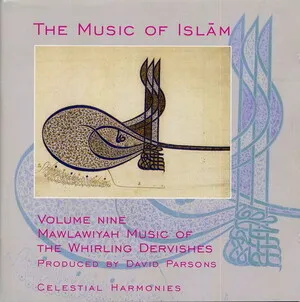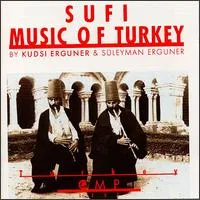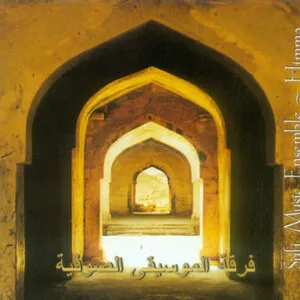Turkish Mevlevi music is the sacred repertoire of the Mevlevi (whirling dervish) Sufi order founded in the milieu of Jalāl al-Dīn Rūmī in Anatolia. It is a modal, monophonic, and highly ornamented tradition performed for the Sema ceremony, where music, poetry, and ritual movement converge to induce remembrance of the divine.
The core large-scale form is the Ayîn-i Şerîf (Mevlevi ayin), a multi-movement work in a specific makam (mode) and usul (cycle), typically for voice and a chamber ensemble centered on the ney (end-blown reed flute), with kudüm (kettledrums), tanbur, kemençe, kanun, and occasionally rebab and ud. The ayin unfolds through four selâms (sections) that guide the spiritual progression of the rite. Improvisation (taksim), refined intonation of makam microtones, and the poetic texts of Rūmī and later Mevlevi authors are hallmarks of the style.
The Mevlevi order crystallized in the 1200s around the teachings and Persian–Turkish poetry of Jalāl al-Dīn Rūmī (Mevlânâ). Early devotional singing and flute-centered practice formed in Anatolia within the broader Ottoman/Islamic modal world. By the late 15th and 16th centuries, fully composed Mevlevi ayins begin to appear, aligning with the maturing makam–usul system.
From the 1600s onward, Mevlevihane (Mevlevi lodges) became vital hubs for Ottoman art music. Composers such as Buhûrizâde Mustafa Itrî (1640–1712), Nâyî Osman Dede (1652–1730), Abdülbâkî Nâsır Dede (1765–1821), Ali Nutkî Dede (1761–1804), and Hammâmîzâde İsmail Dede Efendi (1778–1846) codified the large-scale Ayîn-i Şerîf form. The ayin’s four selâms, extensive use of the 28-beat devr-i kebîr usul, and concluding yürük semâî movement became emblematic. Mevlevi lodges trained generations of virtuosi (especially ney players), preserved modal practice, and circulated authoritative ayins tied to specific makams.
In 1925, Sufi lodges in Turkey were closed by law, interrupting institutional Mevlevi practice. While private transmission continued among master musicians, public ritual performance largely ceased, and Mevlevi music survived within the broader Turkish classical community and through a small circle of devoted practitioners.
From the 1950s onward, masters and families of Mevlevi musicians (notably the Erguner lineage) rekindled performance and pedagogy. Recordings, concerts, and scholarship revived canonical ayins and ney performance practice. The Mevlevi Sema Ceremony was proclaimed by UNESCO in 2005 and inscribed on the Representative List of the Intangible Cultural Heritage of Humanity in 2008, reinforcing institutional support and global awareness. Today, Mevlevi music is heard in ceremonial, concert, and educational contexts, influencing both traditional Turkish classical music and contemporary world-music fusions.

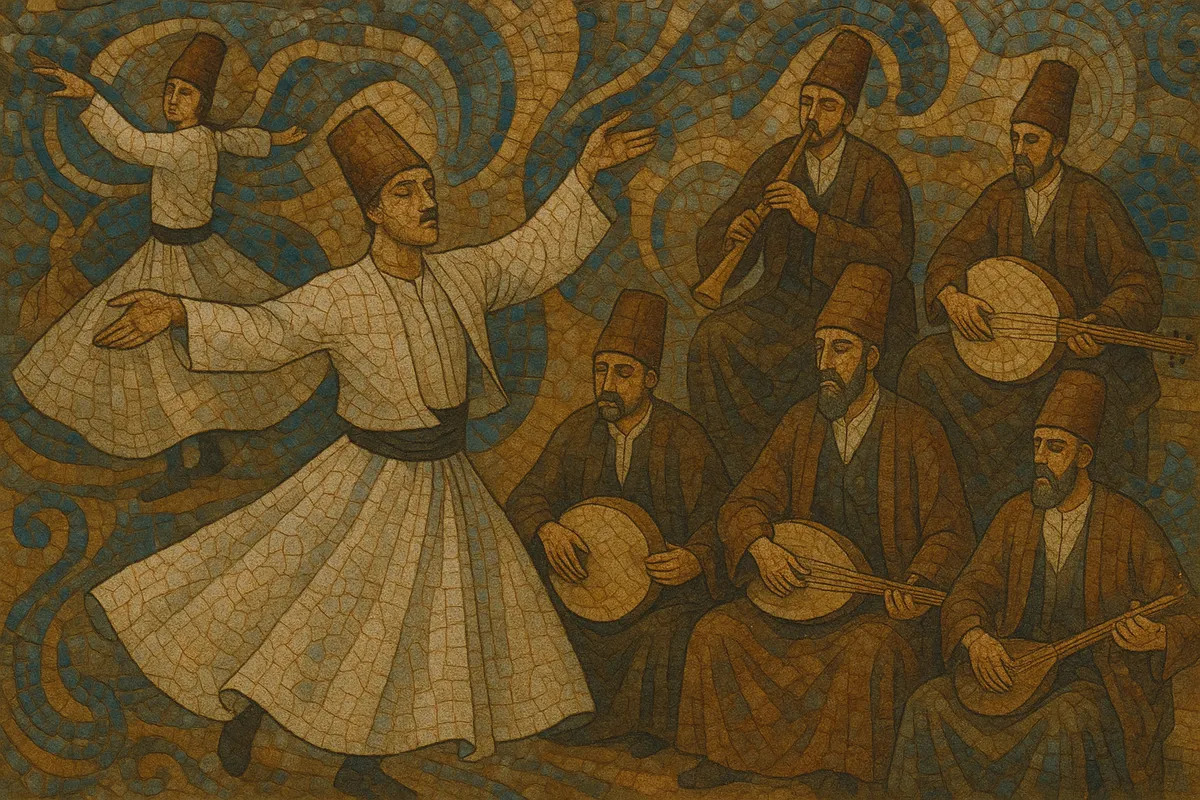
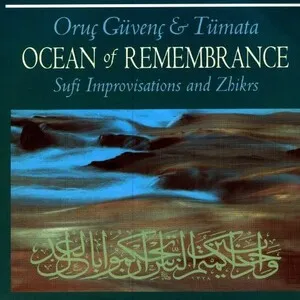
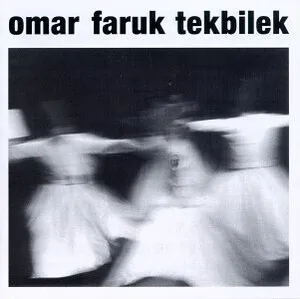
%2C%20Cover%20art.webp)
